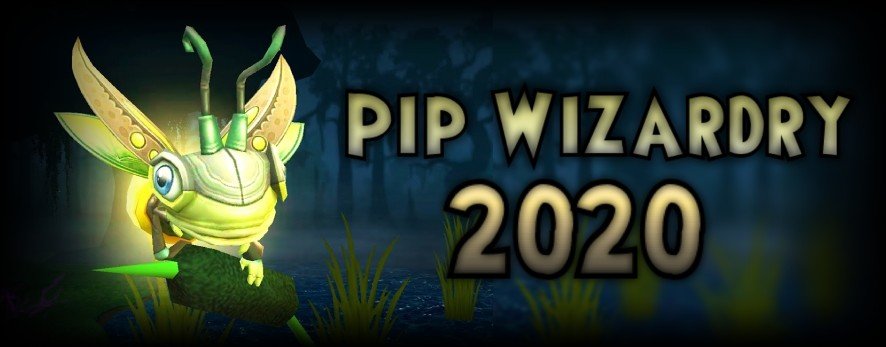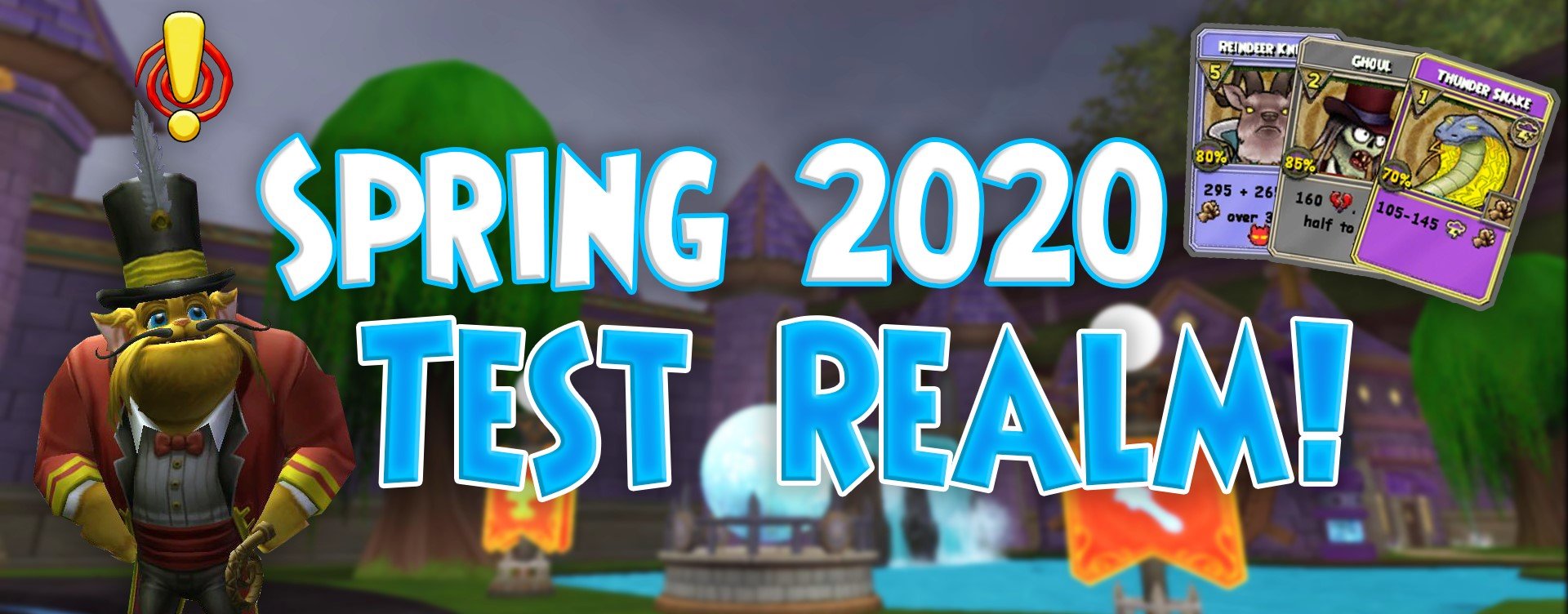Tag: pvp changes wizard101
-

Pip Wizardry 2020
•
Pip Wizardry 2020! Hello Wizards, this is Nathan Shadowbringer here to help you calculate the actual damage of spells per pip! This article will be updated if spell changes happen down the line. Eventually, I plan for this list to include even Loremaster and crafted spells. We will start with the highest…
-

Spring 2020 Test Realm Updates!
•
As we enter April, the first Wizard101 update for 2020 is here!!! Past Spring Updates have brought popular quality of life changes, as well as new features and systems. Two updates you may remember included Monstrology and Hatchmaking. The 2020 update lives up to those expectations without a doubt. So,…